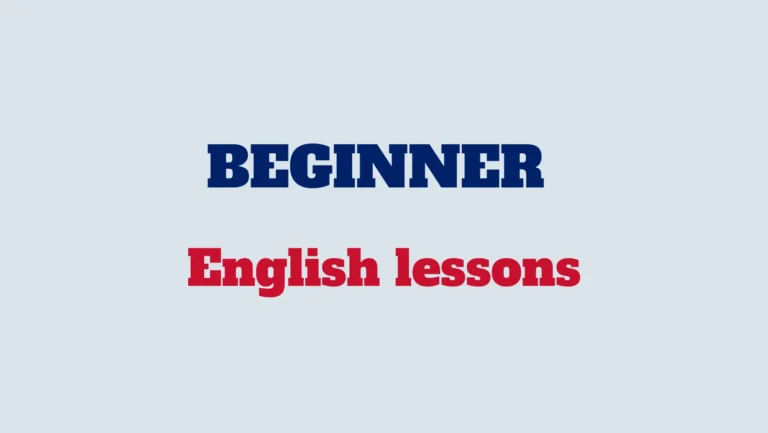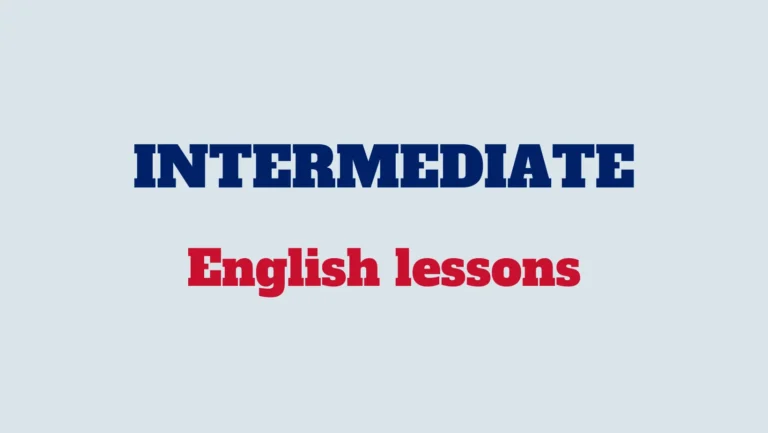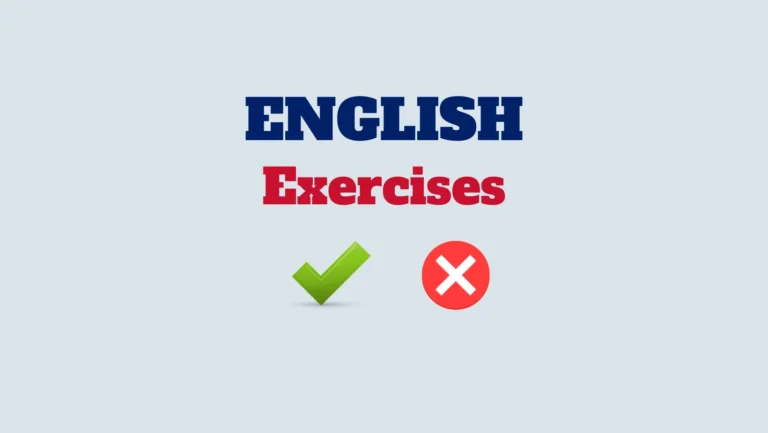“Lay” and “lie” are often confused because they both involve positioning, but they have distinct meanings and usage. Understanding the difference between these two verbs is crucial for correct usage in both writing and speaking.
Lay
Definition:
“Lay” means to put or place something down. It requires a direct object, which is the item being placed or set down.
Examples of use:
Where are you going to lay that book? (The book is the object being placed.)
I am laying the book on the kitchen counter. (The action is placing the book down.)
He laid the book on the kitchen counter. (Past tense of “lay,” indicating the book was placed there.)
Lie
Definition:
“Lie” means to recline or be in a horizontal position. It does not take a direct object.
Examples of use:
The baseball lies in the street next to the car. (The baseball is in a resting position and is not being placed by anyone.)
The baseball is lying by the car. (Present continuous tense of “lie,” showing the baseball’s current position.)
How long has the baseball lain in the street? (Past participle of “lie,” asking about the duration the baseball has been in its position.)
“Lay” involves placing an object and requires a direct object, while “lie” refers to the act of reclining or being in a position and does not take a direct object. Understanding these distinctions ensures accurate communication and proper verb usage.



